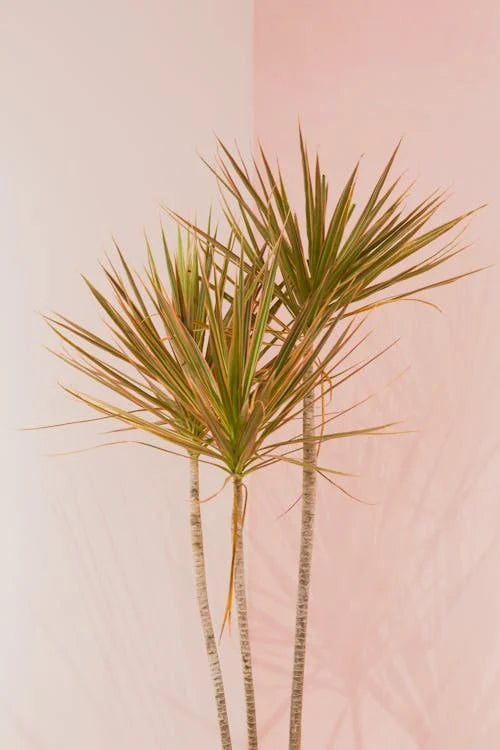
Background and history of the Dracaena (Dragon Blood Tree)
Share
The Dracaena , or Dragon Tree , has a rich history and fascinating background. This plant is not only found in homes around the world, but also has deep cultural and historical significance.
Origin and distribution
The Dracaena is native to tropical and subtropical areas such as Africa, Asia and the Canary Islands. The name “Dragon’s Blood Tree” comes from the red resin that some species, such as the Dracaena cinnabari, produce when the trunk is cut. This resin was used in the past as a dye, medicine and even as incense.
Meaning and symbolism
The Dragon Tree is often seen as a symbol of strength and protection. In ancient legends, the red sap was associated with the blood of dragons, giving the plant an almost magical status. In some cultures, the Dracaena is still used in spiritual rituals and ceremonies.
The Dracaena as a houseplant
In the 19th century, the Dracaena became popular in Europe, when exotic plants were increasingly imported. Thanks to its durability and low care requirements, it quickly became a favorite in many households. In addition, the Dracaena is known as an air-purifying plant, which makes it not only beautiful but also functional.
Interesting facts
• The Dracaena has over 100 different species, ranging from small compact plants to large tree-like varieties.
• The oldest Dracaena in the world, found on the island of Socotra, is estimated to be over 650 years old.
• NASA has included the Dracaena in their list of air purifying plants because of its ability to remove harmful substances such as formaldehyde from the air.
With its impressive history, versatile application and minimalist care, the Dracaena remains a favorite, both in the home and in legends. A plant with character and story!
